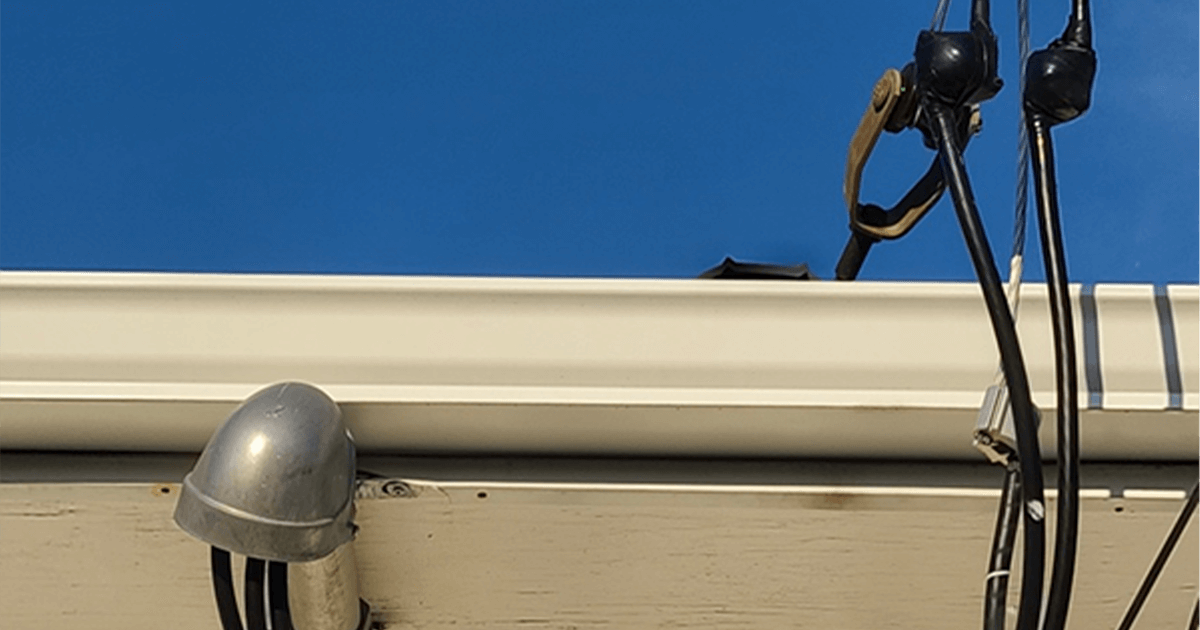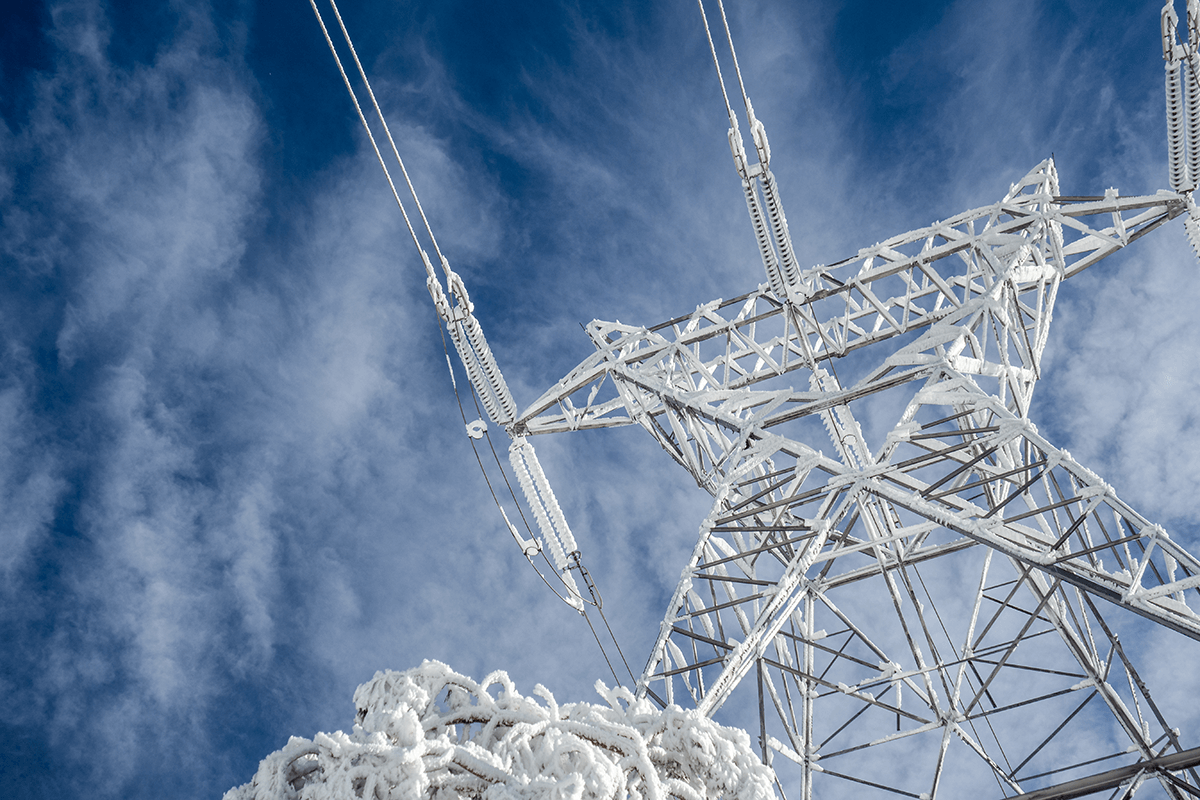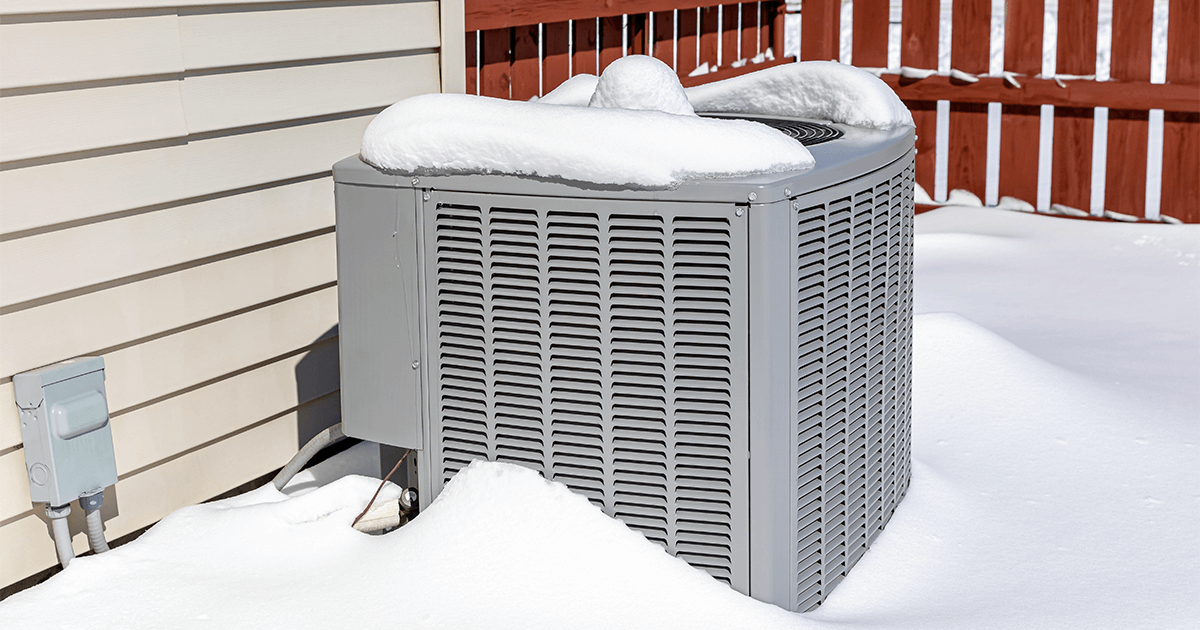I guess it has something to do with the way I was brought up, but I cannot stand seeing people ripped off by contractors doing things that are unsafe and may jeopardize the lives of innocent people. Local, provincial, and federal regulations governing electricity installations exist to ensure safety. Recently, I’ve encountered instances of illegally and unsafely executed overhead service installations, and I feel it’s crucial to shed light on these issues.
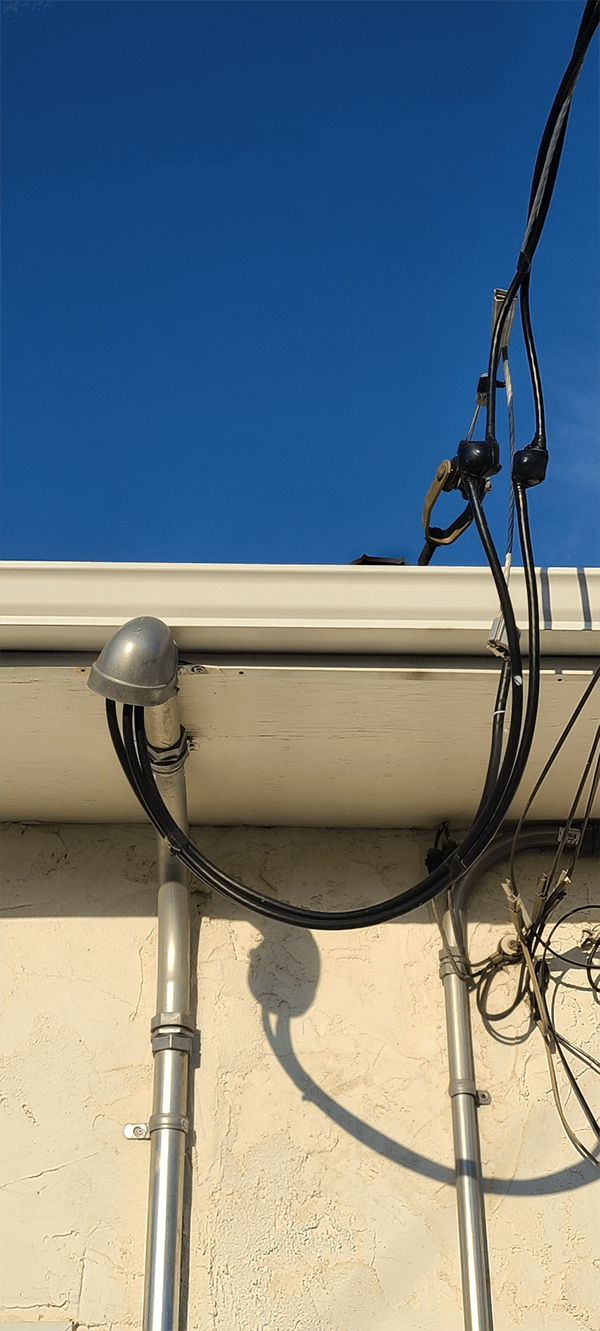
Here is an example of what was done in one situation. The pictures that were sent to me, indicated that the installation was not done with a permit because of the very obvious infractions.
The proper protocol for service upgrades involves applying for an electrical permit with the city of Edmonton once the quote is accepted. Given the escalating demand for electricity, many are opting for 200 amp incoming power instead of the standard 100 amps due to new requirements like car chargers and hot tubs.
However, a hurdle arises when a client needs a 200 amp overhead service upgrade. The contractor must contact Epcor Engineering for permission. Engineers then assess the local overhead system to determine if it can handle the increased demand. With numerous infill houses being built, the strain on the Epcor distribution system intensifies. If the local transformers are deemed “saturated,” Epcor issues a quotation, typically around $10,000. This means that to receive the free upgraded Epcor power to 200 amps, Epcor must upgrade the transformer in the alley to support the extra load.
Once the permit is issued, Epcor schedules a power shutdown to upgrade the outside electrical equipment and panel. After the new equipment is installed, a city inspector assesses the installation for safety compliance. If approved, they place a sticker on the meter box and notify Epcor to re-energize the overhead service.
However, there are three glaring issues in one particular picture. Firstly, the conduit on the wall doesn’t provide a safe clearance over the backyard, as it should be a minimum of 3500mm. Second, the anchor point of the wires from the alley must be below the top of the conduit from the meter. Lastly, black tape around the splice points above the eavestrough is a clear violation. Epcor, during service reattachment after an upgrade, uses a compression style of splice, never resorting to black tape.
Robart Electrical Services completed over 250 service upgrades in a 24-month period, establishing ourselves as Edmonton’s top producers—a team you can trust for your electrical needs.
